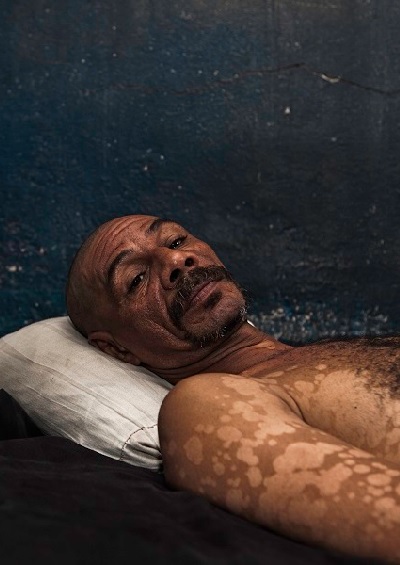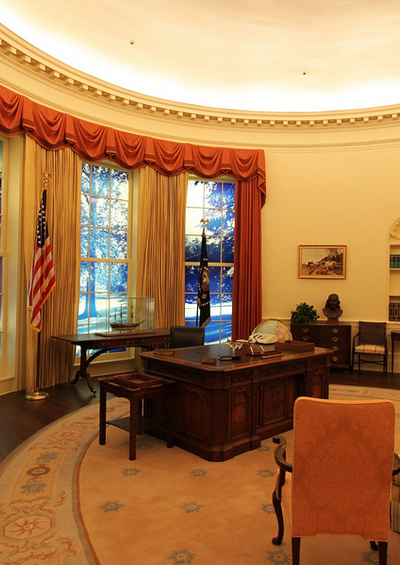At Home in Cuba’s Campoamor Theatre
Even though the last curtain fell in 1965, one man still calls Havana’s Campoamor Theatre home.
April 11, 2015

Photographer Thomas Heckner enjoys traveling and meeting people of different cultures to find out about their ways of living and surviving. “If my protagonists let me take part in their everyday life, I’m happy.” he says.
Central Havana’s Campoamor Theatre opened on October 20, 1921. For more than four decades, it was one of the country’s leading venues for music, theatre and poetry. Singer Rita Montaner, Cuba’s most popular performer from the 1920s until her death in 1958, enjoyed her first major show there in 1924.
But in 1965, six years after Fidel Castro took power in the Cuban revolution, its curtain fell for the last time and it became a garage for pedicabs and mopeds.
It was then that Reinaldo, now 52, started working in the building as a parking attendant. Then the garage, too, closed down. And so for more than 20 years, the former theatre has been his home. His living room is on the first floor in what was formerly a vanity room.
He has a wardrobe for clothes, a bed, a gas cooker, a television, a ventilator to cool the summer air and help keep off the mosquitoes, and — usually — electricity.
Like all Cubans, Reinaldo has a government rations book that guarantees him a supply of food, though not enough to survive. To make ends meet, he works as a cleaner in houses around his neighborhood or takes on other temporary jobs.
For 30 years, he has practiced the Chinese martial art, Tai Chi. Formerly taught by a master teacher, he now practices alone twice a day, for an hour in the morning and another hour in the evening.
Text and photographs by Thomas Heckner

Photographer Thomas Heckner enjoys traveling and meeting people of different cultures to find out about their ways of living and surviving. “If my protagonists let me take part in their everyday life, I’m happy.” he says.
The Other Hundred is a unique photo-book project (order here) aimed as a counterpoint to the Forbes 100 and other media rich lists by telling the stories of people around the world who are not rich but who deserve to be celebrated.
Its 100 photo-stories move beyond the stereotypes and cliches that fill so much of the world’s media to explore the lives of people whose aspirations and achievements are at least as noteworthy as any member of the world’s richest 1,000.
 Selected from 11,000 images shot in 158 countries and submitted by nearly 1,500 photographers, The Other Hundred celebrates those who will never find themselves on the world’s rich lists or celebrity websites.
Selected from 11,000 images shot in 158 countries and submitted by nearly 1,500 photographers, The Other Hundred celebrates those who will never find themselves on the world’s rich lists or celebrity websites.





